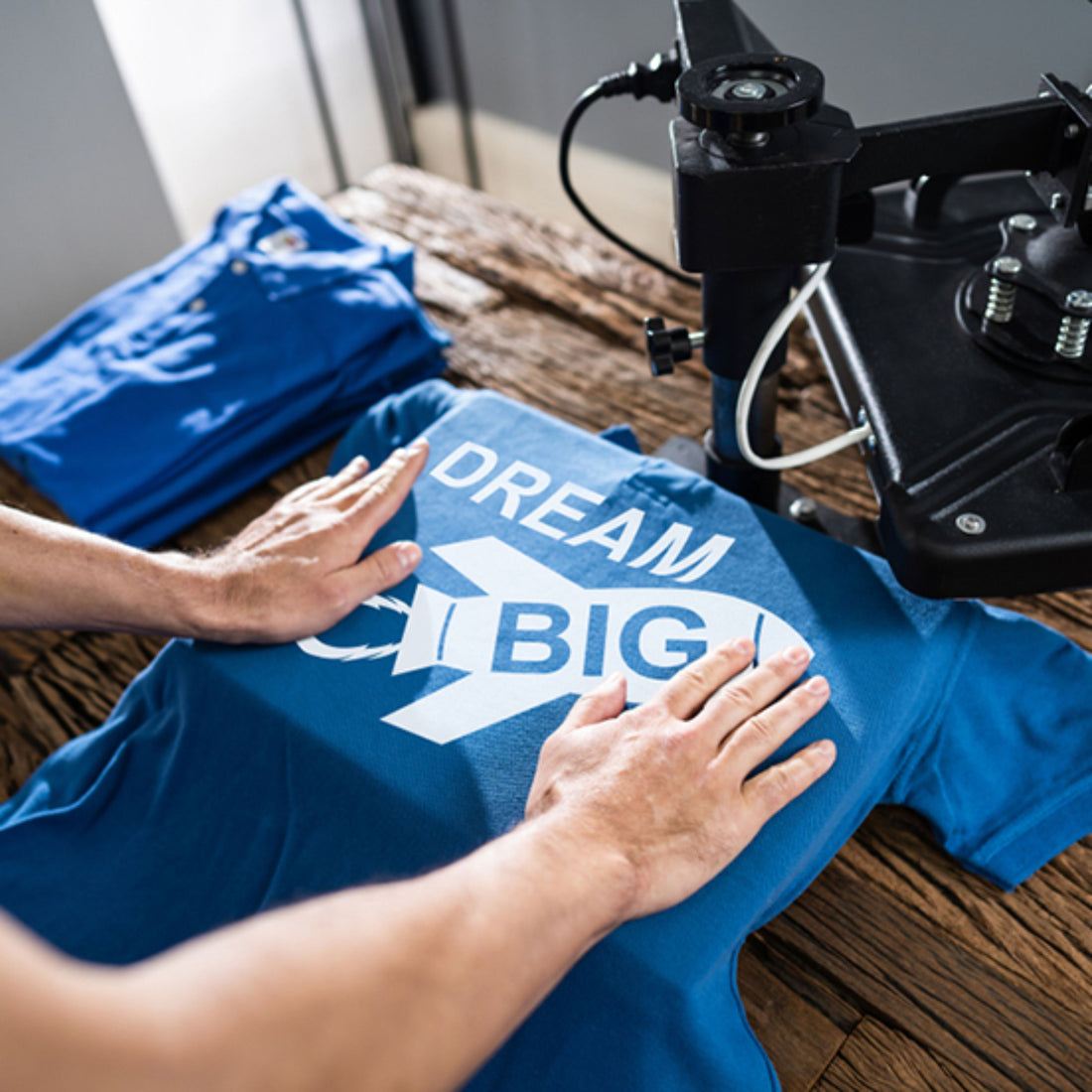There are several common types of t-shirt printing methods used today, each with its own characteristics in terms of quality, durability, and cost. Here are some of the most popular ones:
1. Screen Printing:
Also known as silk screening, screen printing is one of the oldest and most widely used methods. It involves creating a stencil (or screen) for each color in the design. Ink is then pushed through the screen onto the shirt, one color at a time. Screen printing is best for designs with few colors and larger quantities due to setup costs.

2. Heat Transfer Printing:
This method involves printing a design onto a special transfer paper using inkjet or laser printers. The design is then transferred onto the fabric using heat and pressure (using a heat press machine). Heat transfer is versatile and can handle complex designs, but the prints may crack or peel over time.

3. Direct-to-Film (DTF) Printing:
DTF printing is similar to printing on paper except it’s done on fabric. It involves using specialized inkjet technology to print ink on a special sheet, that sheet is then directly transferred onto the fabric of the t-shirt using heat press method. DTF is great for detailed designs and smaller and bigger print runs, but it can be more expensive per shirt compared to other methods.

4. Vinyl Cutting:
This method involves cutting a design from colored vinyl sheets and then heat-pressing them onto the garment. It’s commonly used for printing names and numbers on sports jerseys and for designs that require a specific color or finish.

5. Dye Sublimation:
Dye sublimation involves printing a special dye onto transfer paper and then using heat to transfer the dye into the fabric. It works best on synthetic fabrics like polyester and produces vibrant, full-color prints. However, it’s not suitable for cotton garments as the dye doesn’t bond well with natural fibers.

6. Embroidery:
While technically not printing, embroidery involves stitching a design onto the fabric using thread. It’s durable and gives a high-quality, textured finish. Embroidery is often used for logos on polo shirts, hats, and jackets.
Each method has its own advantages and limitations, so the choice of printing method often depends on factors such as the complexity of the design, the fabric of the garment, the desired durability, and the budget.


